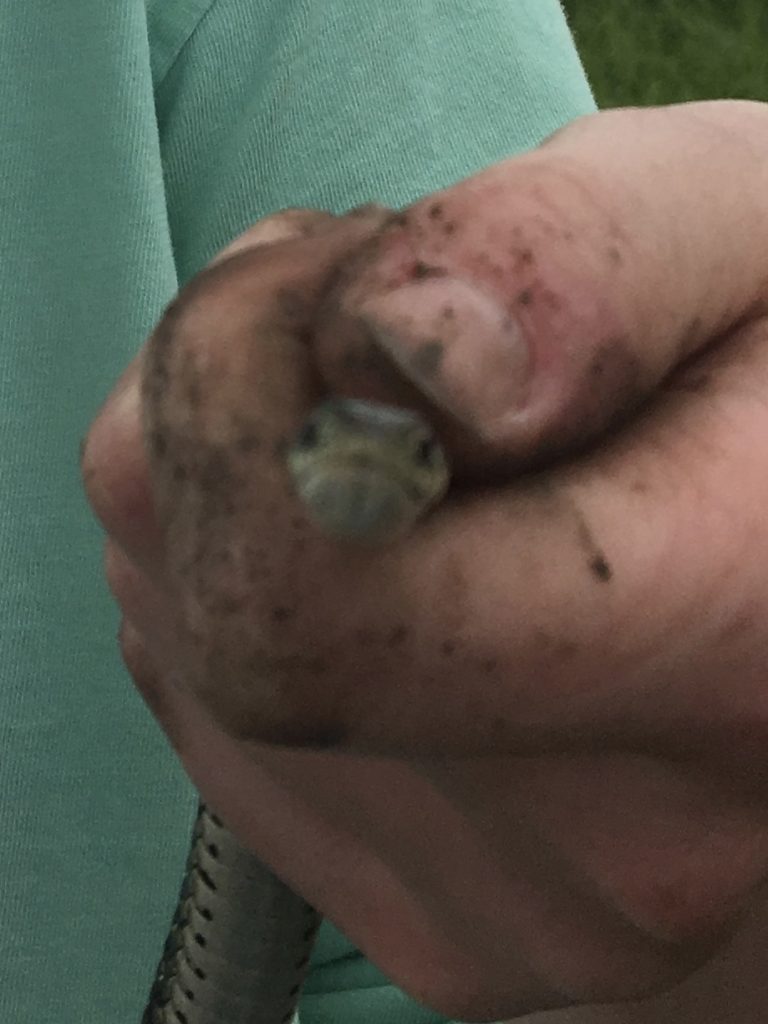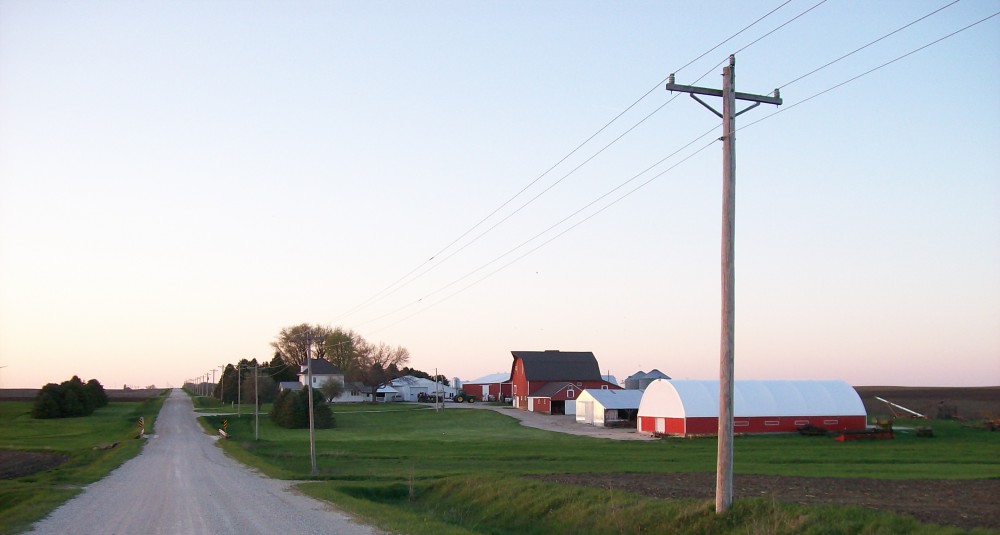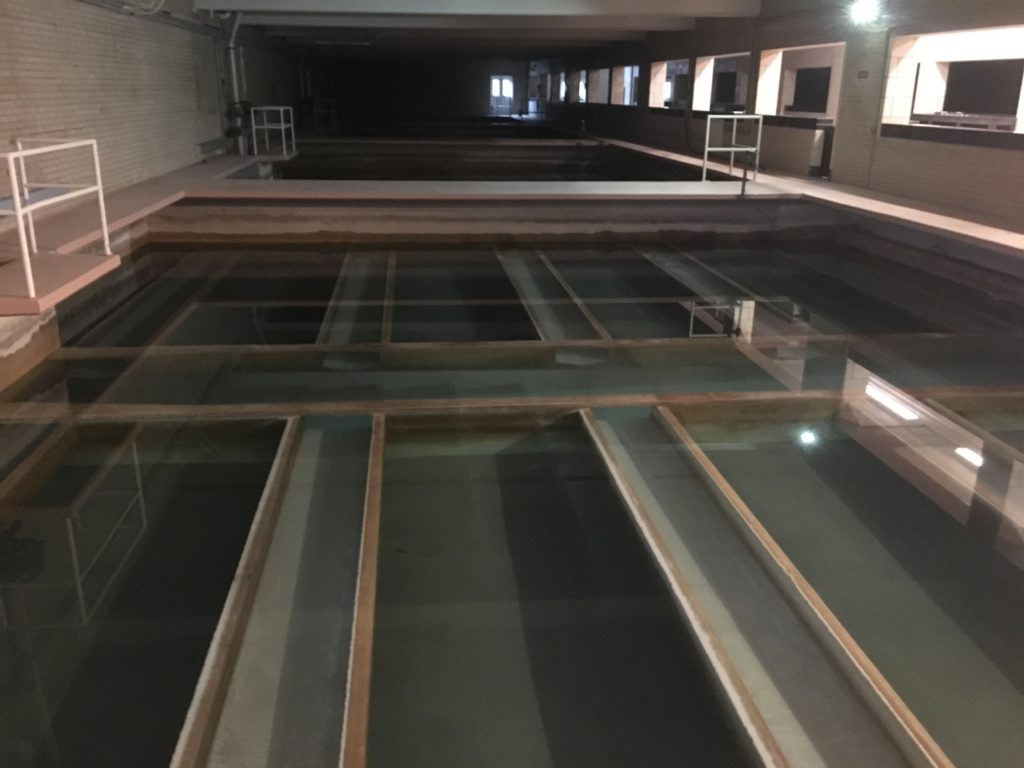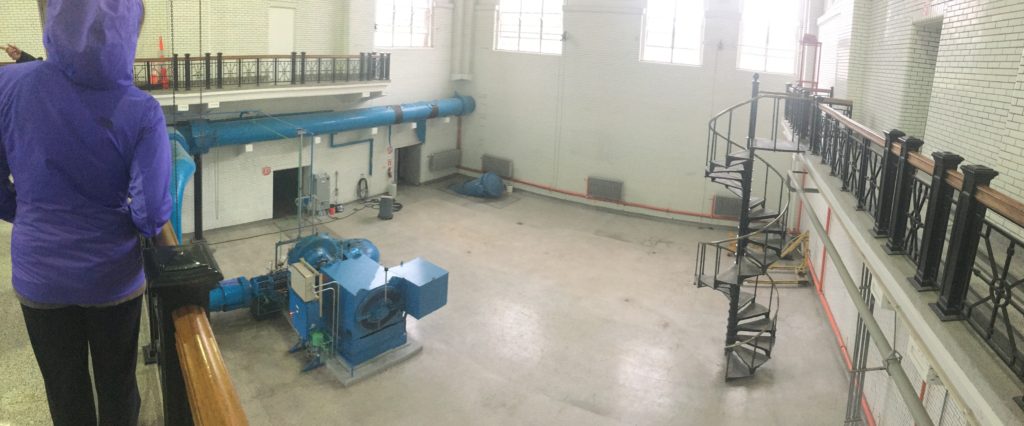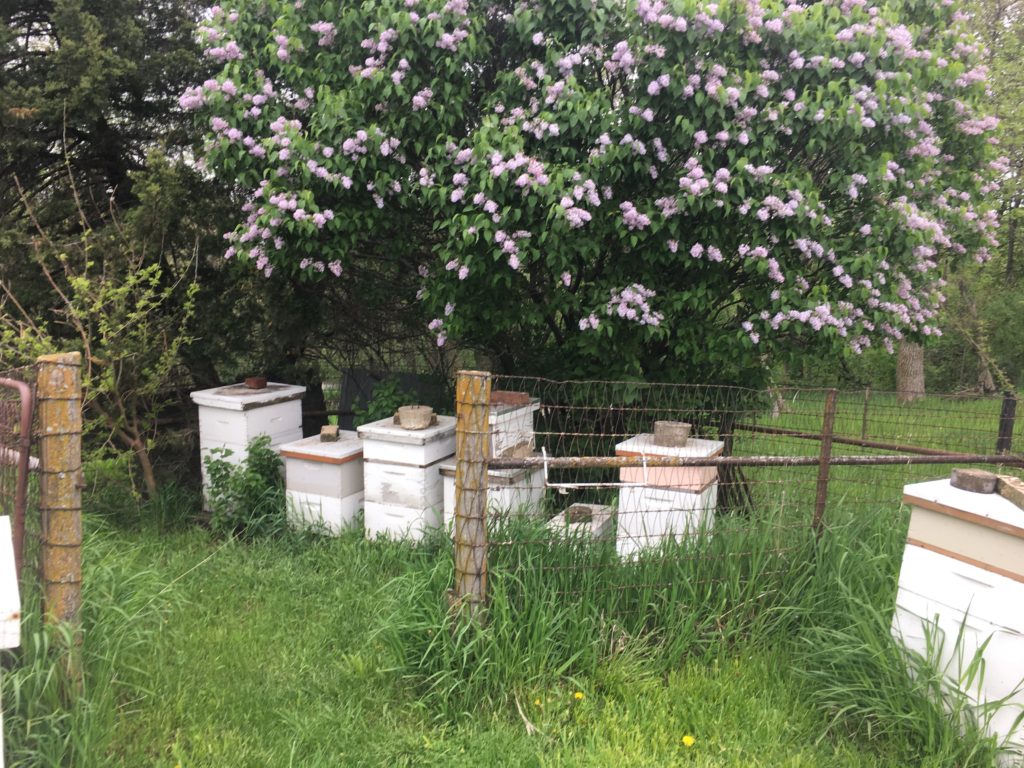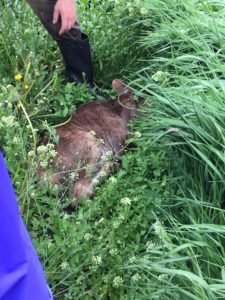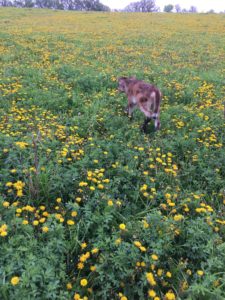On Friday, May 24th, we started out by going to Grinnell Heritage Farm. Grinnell Heritage Farm is a family organic operation. The land has been passed down to Andy Dunham, a 5th generation farmer, but has not always been farmed organically. We met with Andy and also Eric, an employee at Grinnell Heritage. Thus began an aggressive rant about the evils of industrial farming. I think most of us would hold similar opinions but I still felt personally attacked. After what seemed like hours of this we finally moved outside where another tangent began. Eric is a weed eater. The kind of weeds that grow in your backyard. Nettles and all, you name it, he probably eats it. I got the sense that he doesn’t mind weeds like other farmers who try to battle the weeds with herbicides and take pride in their fields being weed-free. That was one difference in Grinnell Heritage that I haven’t seen at previous farms. Weeds were everywhere. I would be lying if I didn’t admit that it bothered my need for perfection. An especially weedy part of the Grinnell farm, was the asparagus plot. (One could argue that asparagus is actually a weed. In Iowa it grows everywhere. In ditches and even in Morris’ yard. Wild asparagus is still foreign to me. I guess you could say I also eat weeds.) Andy doesn’t mind the weeds in this part of his farm but what he does mind is pesticide drift. A couple years earlier, Grinnell’s asparagus plot was polluted with pesticides from a neighboring farm. For an organic farmer this is a huge loss. They lost $25,000 from this plot alone and have to wait three years before they can sell asparagus from that plot as certified organic.
Later we visited the Red Earth Farm on the Meskwaki settlement. Once again we talked about weeds and pulled them. Pulling weeds is time consuming unless you have a large workforce. To prevent weed growth, Red Earth covers unplanted beds with tarps. This keeps the soil moist, retains organic matter and houses many worms. Another way they prevent weeds without pesticide use, is by planting clover. This is multi-faceted: it looks pretty, doesn’t grow tall so it has little maintenance and helps keep weeds out.
Red Earth Farm was one of my favorite places that I visited so far in Iowa. One reason is because the benefits of the farm are directly affecting the Meskwaki community. Food grown goes to this community, but others can also buy food, too. They also offer jobs and rehabilitation programs to help those with a rough start get another chance. Another reason is that community farms provide an outlet for physical activity and access to local, healthy food. Native Americans are further disadvantaged as the rates of diabetes and alcoholism are higher than other groups. Therefore, the work that Red Earth is doing is important to this community.

